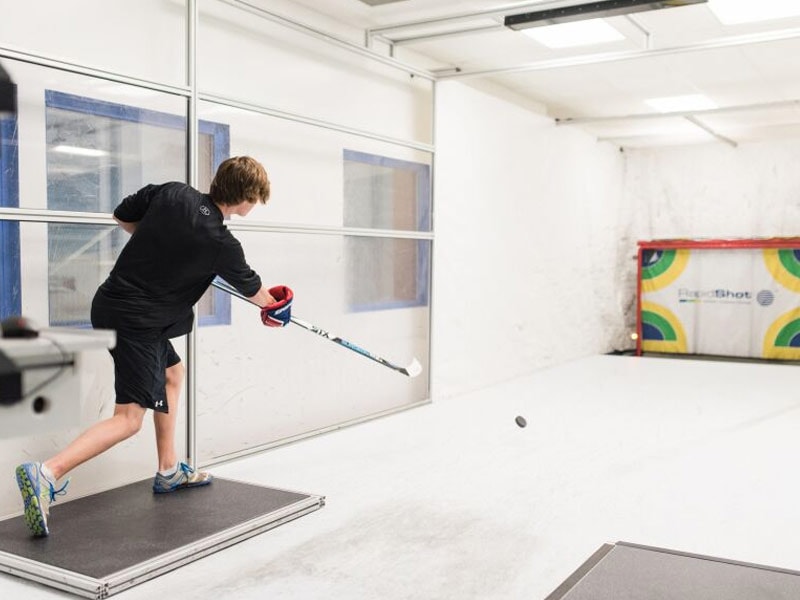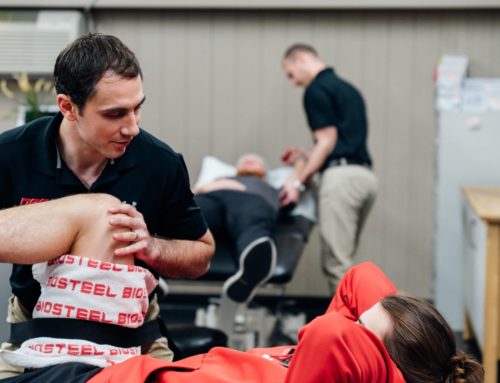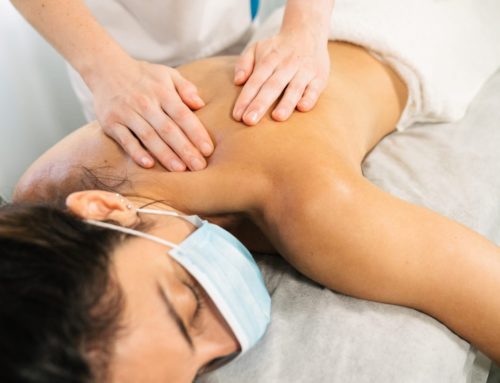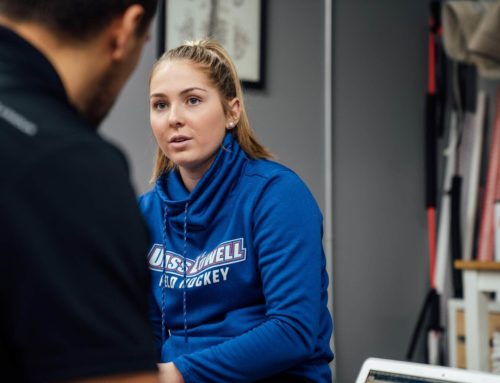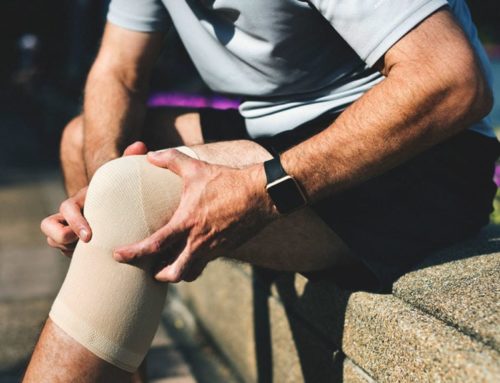This is intended for hockey players and coaches looking to improve on-ice skills and transferability of these skills into a game situation. There are a number of steps involved in learning a new skill that should be followed in order to master it and apply it during competition. The body’s neurological system plays a large role in learning a skill and storing information for certain movement patterns. This becomes extremely important in teaching and retention of skill development in hockey players. This post will focus on the neurological adaptations and changes that take place when learning a skill and how these changes can aid in transferring the skill to a game situation.
Body movements are ultimately controlled by neurons within the body’s Central Nervous System (CNS) that fire when signaled by the brain to do a specific movement. This complex wiring system of the CNS is highly adaptive and plays a key role in the learning process for new muscle movements. Neuroplasticity is the CNS’s ability to make changes in the effectiveness of specific synaptic connections, or just simply to improve communication from neuron to neuron which improves the efficiency of exciting a muscle for movement. The capacity of the CNS to adapt is the foundation of learning. A motor program is a term used to describe the concept of ‘stored’ information within the CNS. This stored information represents a set of generic rules associated with specific actions and movements of muscles. Motor learning is the process associated with practice or experience leading to relatively permanent changes in motor control. Motor learning is important in the process of skill development for hockey players since such complicated muscle movements are involved with skating and stick-handling.
There have been a number of studies on how often and what type of practice is most beneficial for learning a new skill. One study concluded that in order to obtain elite skill in a certain sport a person must practice 10,000 hours over 10 years. While a number can’t be put on reaching ‘elite skill’ since every person and situation is different, however, there is definitely evidence for why more practice is important in skill development. Learning a skill involves 3 stages: cognitive stage, association stage, and autonomous stage. The cognitive stage involves learning the initial movements which are often very slow and uncoordinated in the beginning. Feedback is very important during this stage in order to ensure that proper movements are being made to provide a proper motor program for storage within the CNS. A lot of attention is required by the athlete as well to ensure that perfect motor programs are created. Hint (Make sure you do not rush through this stage but rather make sure movement patterns are correct). The association stage is achieved through more practice and involves putting all movements together. During this stage the athlete has mastered the correct movement and now just needs to put in the time to continue training the CNS through hours of practice. A great example of this where this stage occurs is practice, you have the opportunity to apply your newly developing skills. This is a great opportunity to work on implementing your newly acquired skills into game like situations and build confidence through repetition. Dedicating yourself and putting in the time and practicing a specific skill will lead to the autonomous stage. During this stage the skill is well learned and little attention is required. The movement feels very natural for the athlete, which allows executive functions to be focused on other things (ie. the player can now perform the skill with their head up and focus on finding other teammates instead of focusing on what their hands or feet are doing).
Practice is crucial for the development of these motor programs in an athlete’s CNS. Once a skill is automatic, it can easily be transferred into a game without much attention focused on executing the task. However, skills don’t just become automatic on their own. Repetition and distributed practice (practice spread out throughout the week instead of just one day) are important in developing the motor programs in order to make these skills automatic. By stressing learning in practice over performance, athletes will be able to imprint proper motor programs for basic fundamental movements, which will help later on in progressing to more complicated and multi-step skills.
Written by: Joe Underwood, Skill Development Coach, DEPTH Training & Victus Academy

